Beetle woodcutter photo and description
Content
- Types of beetles
- Habitat of beetles
- Alpine barbel
- Features of beetles
The barbel beetle, or as it is also called the woodcutter, is one of the representatives of the beetle order. The barbel family has at least 17,000 species of these insects, differing not only in body size, but also in color. This is a Far Eastern barbel, and a Brazilian woodcutter Bolshevik, and a black beetle known to many, and an Alpine barbel, distinguished by the exquisite beauty.
Interesting!
Representatives of this family are characterized by segmented whiskers, the length of which in some individuals may be several times their own body size.
Another feature of the barbel is a long slim body, hairline and wings. Indeed, some species of woodcutter beetles are capable of flying. But not many people can fly smoothly and quickly.
Features woodcutters
Many people had to meet with wood borers, because they know firsthand how a barbel looks like. Most of these insects have a body of medium size from 10 to 20 mm. But there are giants. So a woodcutter titan can grow to almost 17 cm. Another giant can be called a large-horned deer horn having similar dimensions. The largest beetle in Europe is a carpenter beetle, whose body length reaches 6 cm. On the territory of the Russian Federation, the largest barbel beetle is the Ussurian relic barbel, whose body size reaches 11 cm.
The body of a woodcutter beetle is often black or black and brown. But there are representatives whose body is white, pale yellow, blue-gray or green with a subtle pearl or metallic shade. Below is the woodcutter beetle in the photo.
Insects of this family are distinguished by a pattern of spots, colored bandages or stripes. A photo of the alpine barbel beetle with an ornament on the elytra can be seen below.
On a note!
Mustaches have pronounced sexual dimorphism. The description of the male and female is very different. Most often, the representatives of the weaker sex are distinguished by larger sizes, color and length of whiskers.
Habitats
Favorite habitat lumberjacks are different tree species, shrubs and herbaceous plants. Beetles can settle in a country house or in the country, destroying the wooden elements of the structure, furniture and boards. Populations barbel beetles in coniferous forests cause tremendous harm to forestry, therefore it is necessary to get rid of them.
Nutrition
What the barbel beetle eats depends on the type of insect and its habitat. So the woodcutter feeds mainly on needles, leaves or pollen. The barbel beetle bark beetles is eating the bark of young twigs. Such dietary nutrition contributes to the proper maturation of germ cells.
A black woodcutter gnaws wood, causing irreparable damage to wooden structures,What is the danger of the man with a barbel? After all, the favorite habitat of pests can serve:
- floorboards and ceiling rafters;
- window frames and wooden upholstery;
- garret beams and partitions from wooden bars.
By itself, a woodcutter beetle does not pose a danger to humans. He can only damage his property.
Interesting!
Some species of beetles feed on tree sap. And there are those representatives of this family who do not eat at all. So barbel titanium lives at the expense of nutrients, which is stored still, being in the larvae stage.
Lifestyle
The way of life of woodcutters depends on weather conditions and the area in which they live. Flower-eating beetles are active during the day. Other types of barbel titanium leave their shelters only at night. In some species, males are prone to migrations, while others are exclusively females.
Breeding
After fertilization, the female looks for a suitable place for laying eggs. Most often they are small cracks in the wood. At one time, the female can lay up to four hundred eggs, of which, within 12–15 days, gluttonous larvae appear.
The larva of the beetle beetle is more often white. On her slightly flattened body, instead of paws, there are special swellings. Thanks to them, the larva moves. Insect well developed prothorax and powerful jaws. They enable the larva to feed and gnaw through the passages in the wood.
On a note!
The bark, in which the larvae live for a long time, serves for them not only as a home. It is also the main source of food. The larvae have such a big appetite, that in a short time there is only one dust left from the structure in which they settled.
By winter, the larvae pupate, and in the spring of them adult barbel appears. The process of development from egg to mature individuals may differ in different species, on average, it lasts from 1.5 to 2 years. However, living in the depth of the material, the larvae are protected from the outside and have the opportunity to live for more than a decade. This time they have enough for making moves about 30-40 km long. During the day, one larva builds a tunnel, whose length is about 15-30 mm.
Signs of Presence
To determine the presence of pests will help a thorough examination of the wooden surface. This can indicate a winding path, an audible crunch and brown flour, which is still yellowish.Another sign of pest infestation is the release of a brown liquid with a sharp, acidic odor from the carving heads.
Preventive measures
In order for the beetle beetles not to cause damage to your structure:
- conduct a thorough examination of the wood for the presence of insect holes in it;
- if damage is detected, use special protective equipment;
- keep the room dry, since excessive humidity is one of the favorable conditions for insect habitat;
- for preventive purposes, wooden surfaces must be periodically treated with special insecticidal agents;
- use non-insect material for construction; it is easy to see this when the wood is free of bark;
- in case of a strong infection of wooden structures, they should be replaced with new elements.
Periodically conducting these simple activities, you can save the house from pests.

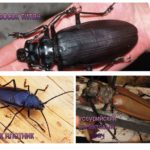
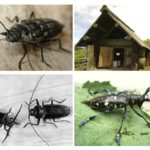
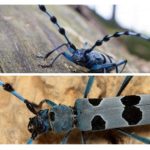
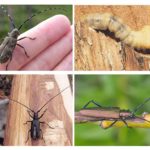
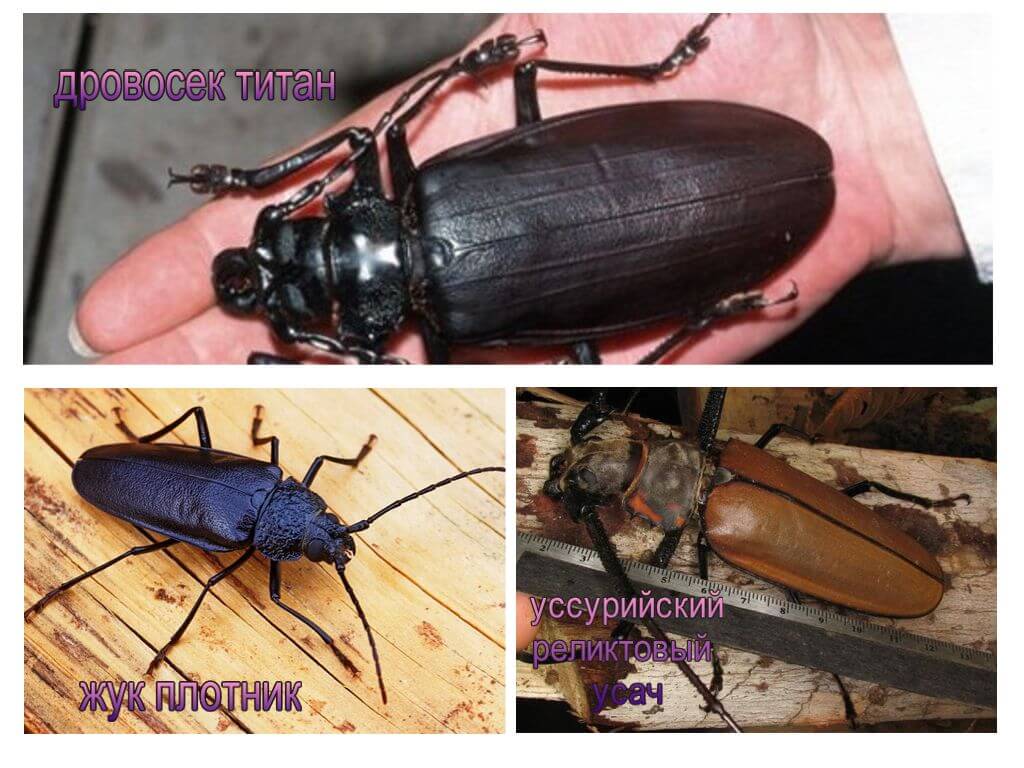
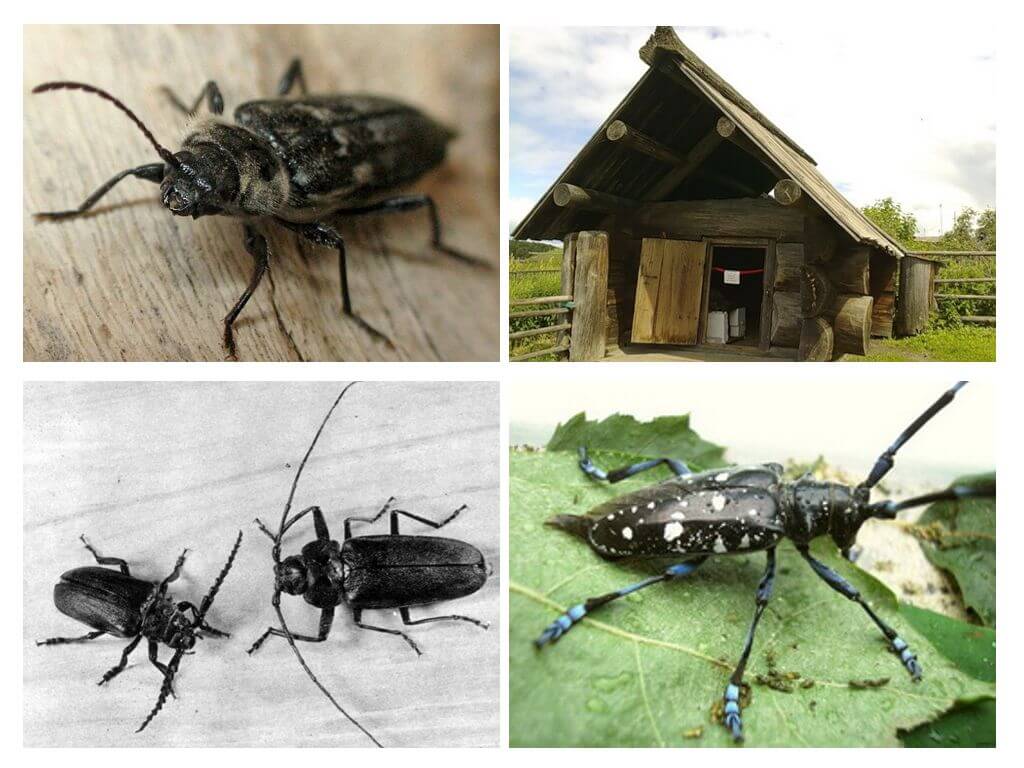
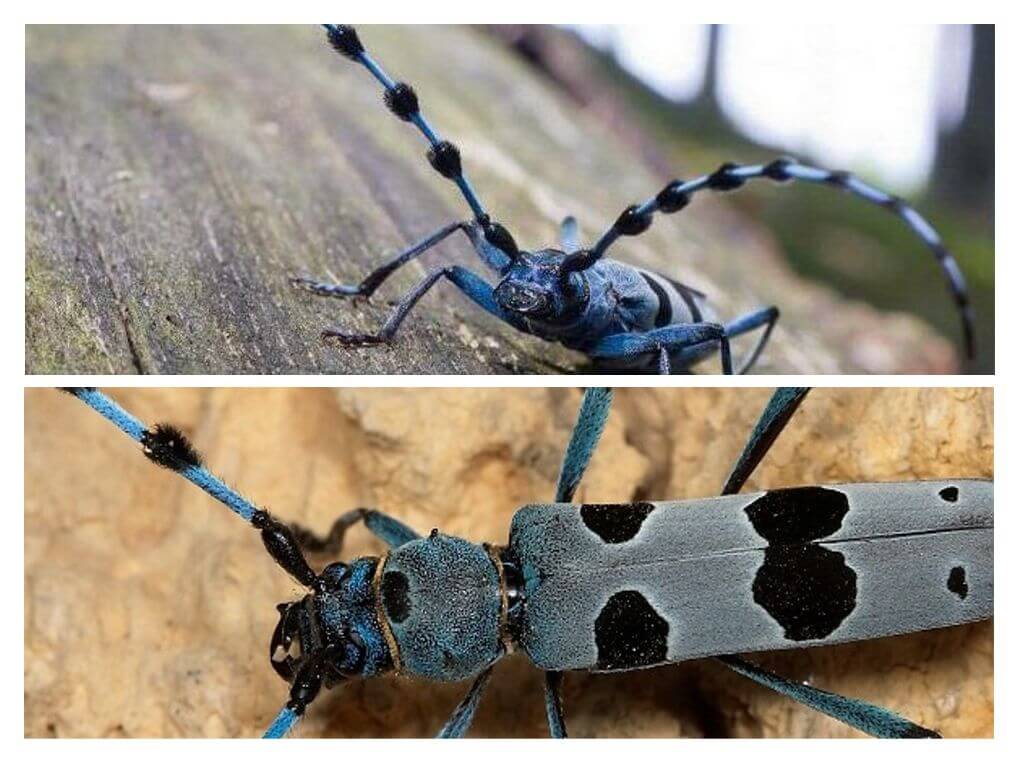
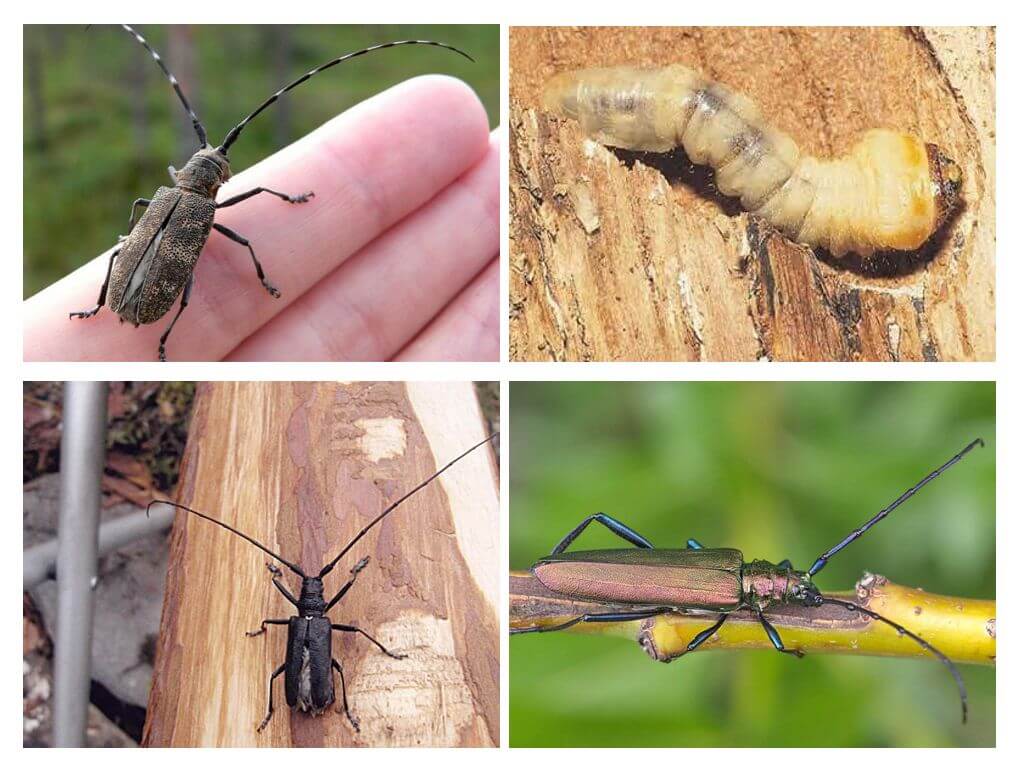

 (votes: 9, Average rating: 4.78 out of 5)
(votes: 9, Average rating: 4.78 out of 5)


